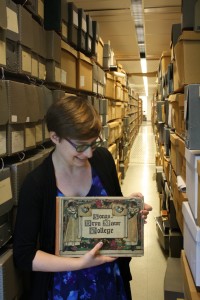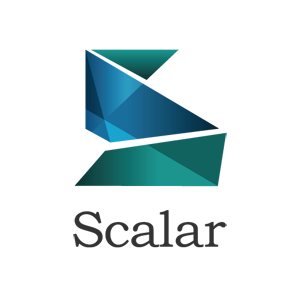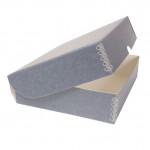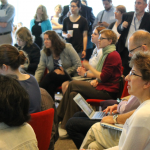For Brenna’s previous reflections on this topic, see Silence in the Archives, Part I: Inviting Inquiry.

Brenna Levitin ’16 in the College Archives. How do we study lesser-known aspects of Bryn Mawr student life?
Since my unconference session at PhillyDH@Penn, I’ve spent many hours mulling over ways to represent a project which each day becomes more complex. Because of the silence of our archives on the topic of LGBT life at Bryn Mawr, my project now relies heavily on personal accounts, discovered both through oral histories and informational interviews with alumnae/i and members of the faculty and administration.
Oral accounts are notoriously tricky: often narrators mix up names or dates, and personal narratives color everything. It’s the job of the historian (or historian-in-training) to interpret the narrator’s stories and to position them within both the overall narrative and the narrative of their life. It’s important to think critically about what might have shaped a person’s narrative so that we as historians do not naively accept everything we are told: we may hear two accounts which are factually divergent but represent equally valid experiences.
As I slid down the archival silence rabbit hole, it became clear that Omeka, the technology which The Greenfield Digital Center typically uses to create digital exhibits, would not be able to contain a decentralized, testimony-based project such as this one. My supervisor, a more experienced digital humanist than I, suggested an alternate program: Scalar.
 For those unfamiliar, Scalar is an open-source, online tool which allows scholars to build non-linear or multi-linear multimedia “books.” So far, Scalar appears to be a better tool for this project because it can showcase oral histories alongside blocks of text and images. I am especially enchanted by Scalar because it allows items to annotate or comment on other items, a great way to represent many, divergent stories, and because it allows multiple paths. As I build the exhibit, I’ll be able to specify not only an overall, linear path, but also a path which contains major events held by LGBT student groups or one with all of the reported instances of homophobia.
For those unfamiliar, Scalar is an open-source, online tool which allows scholars to build non-linear or multi-linear multimedia “books.” So far, Scalar appears to be a better tool for this project because it can showcase oral histories alongside blocks of text and images. I am especially enchanted by Scalar because it allows items to annotate or comment on other items, a great way to represent many, divergent stories, and because it allows multiple paths. As I build the exhibit, I’ll be able to specify not only an overall, linear path, but also a path which contains major events held by LGBT student groups or one with all of the reported instances of homophobia.
This multi-linear capacity means that not only are we not tied to one narrative, something which history struggles to accommodate at the best of times, but we are also free to portray the richness and diversity of the LGBT experience at Bryn Mawr. Some people loved college life, others didn’t; some were head of the Rainbow Alliance while others stuck to their tight-knit foursome. Every time that I send an email to a community member to request an interview, I include the fact that I’m not just looking for one universal, positive, “gay Bryn Mawr” experience. It’s important to me to amplify the voices of all; for without those voices, our tenuous connection to our history as an LGBT institution would fray irreparably.

